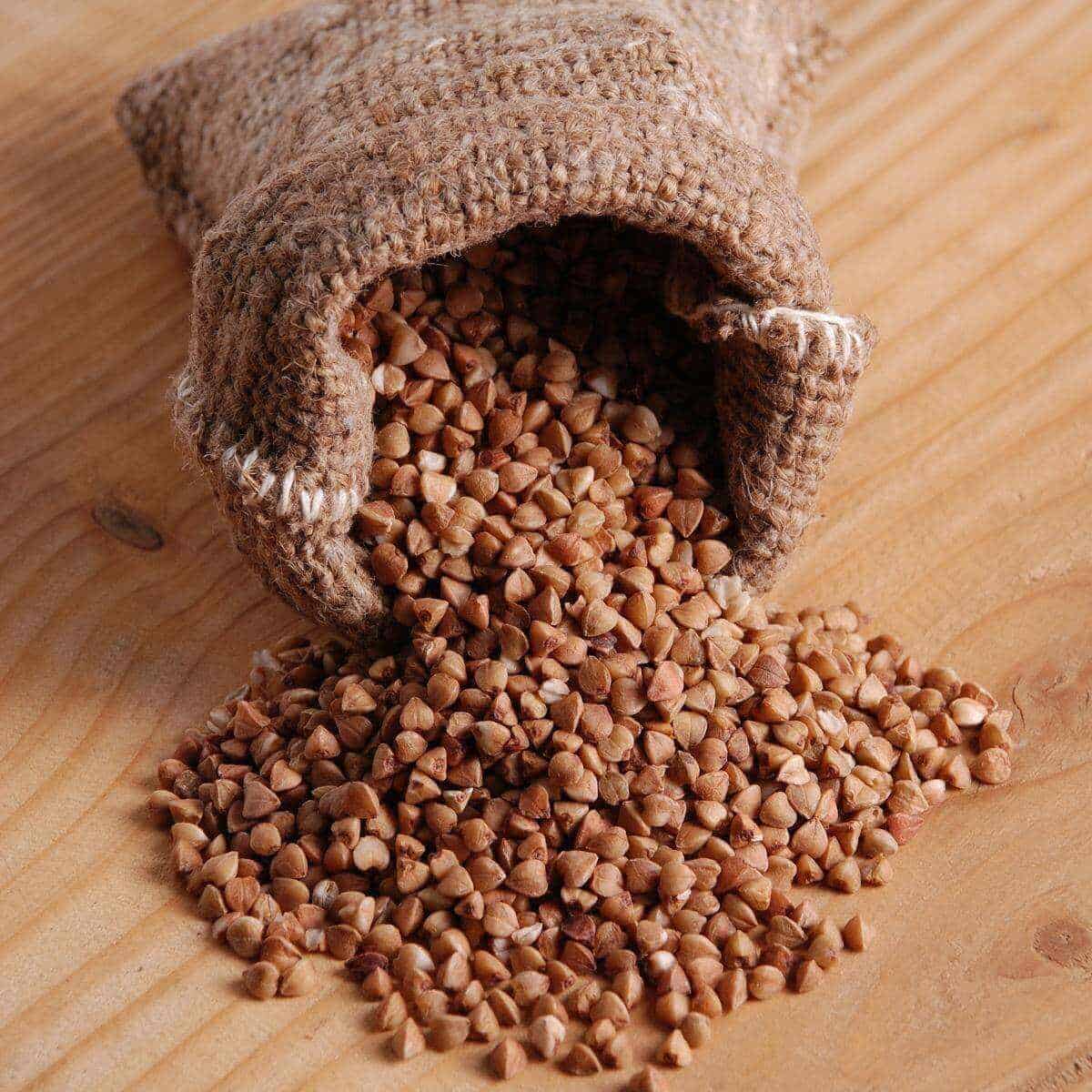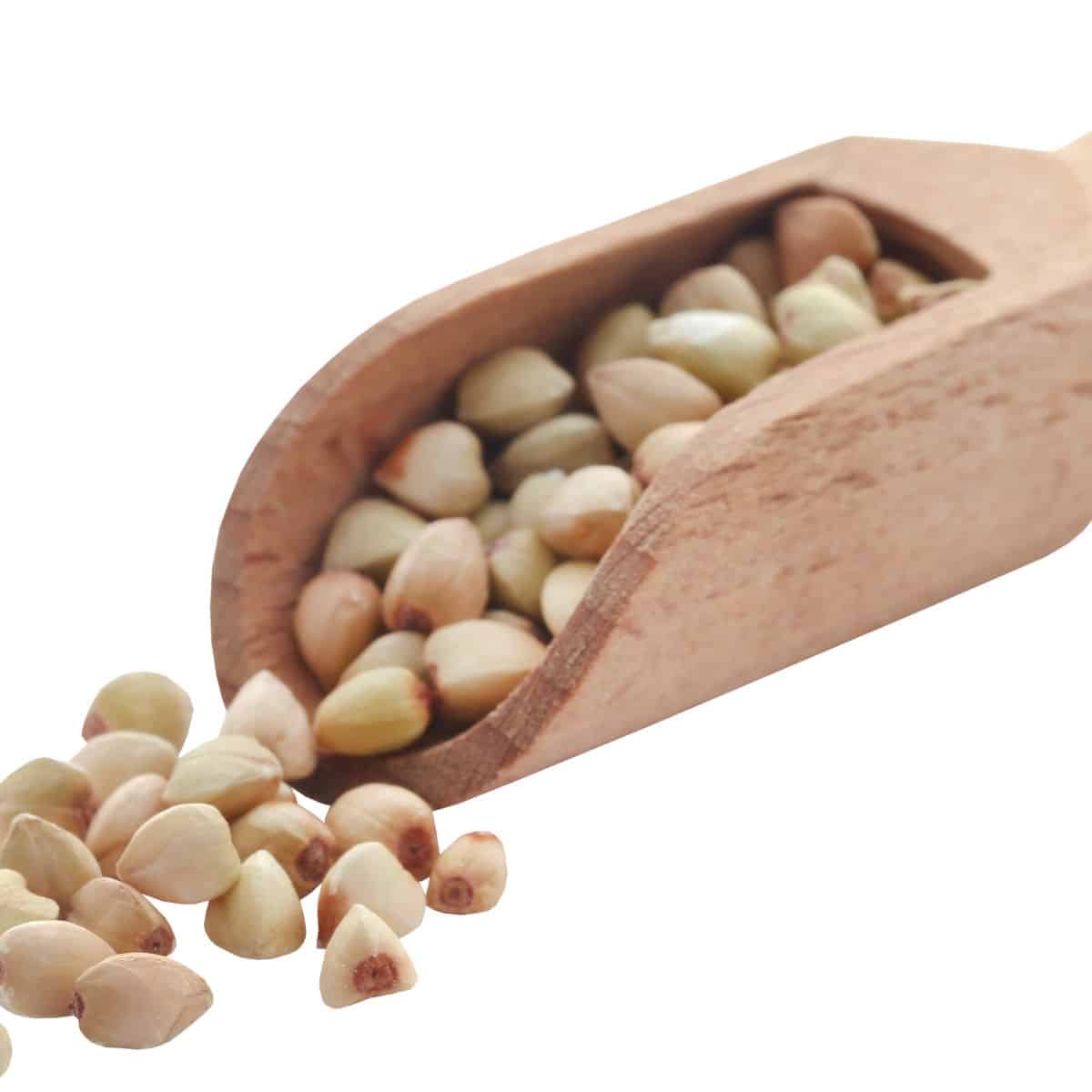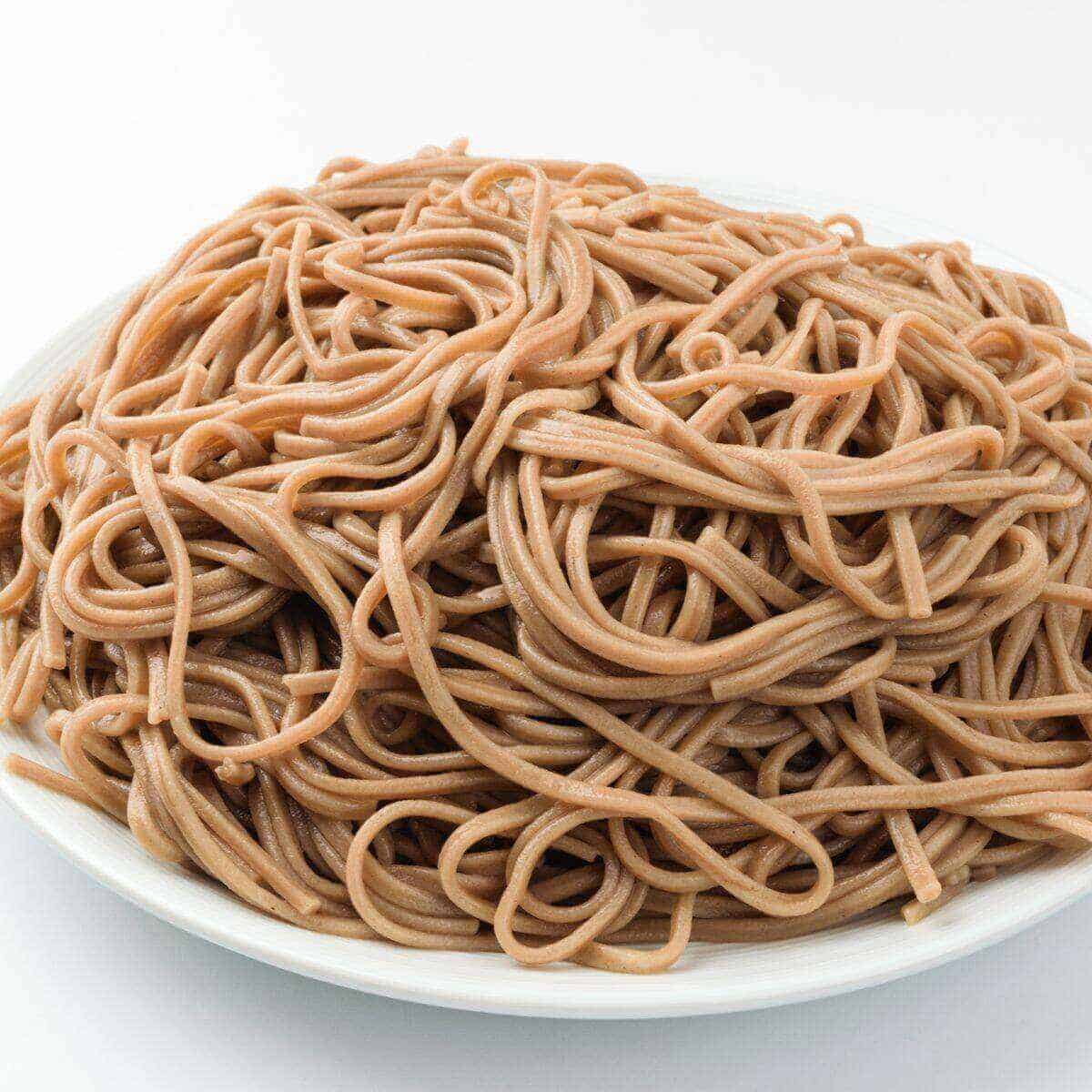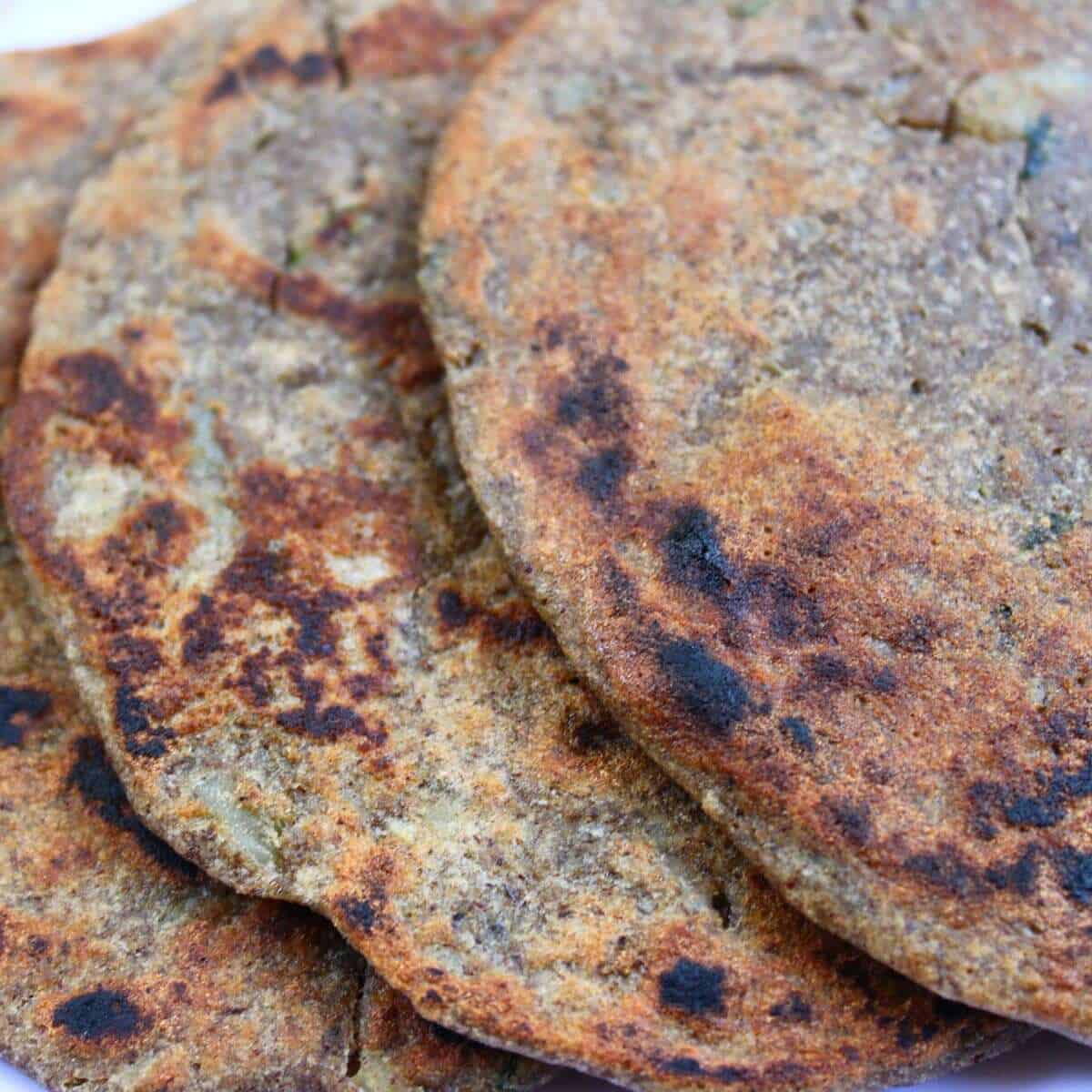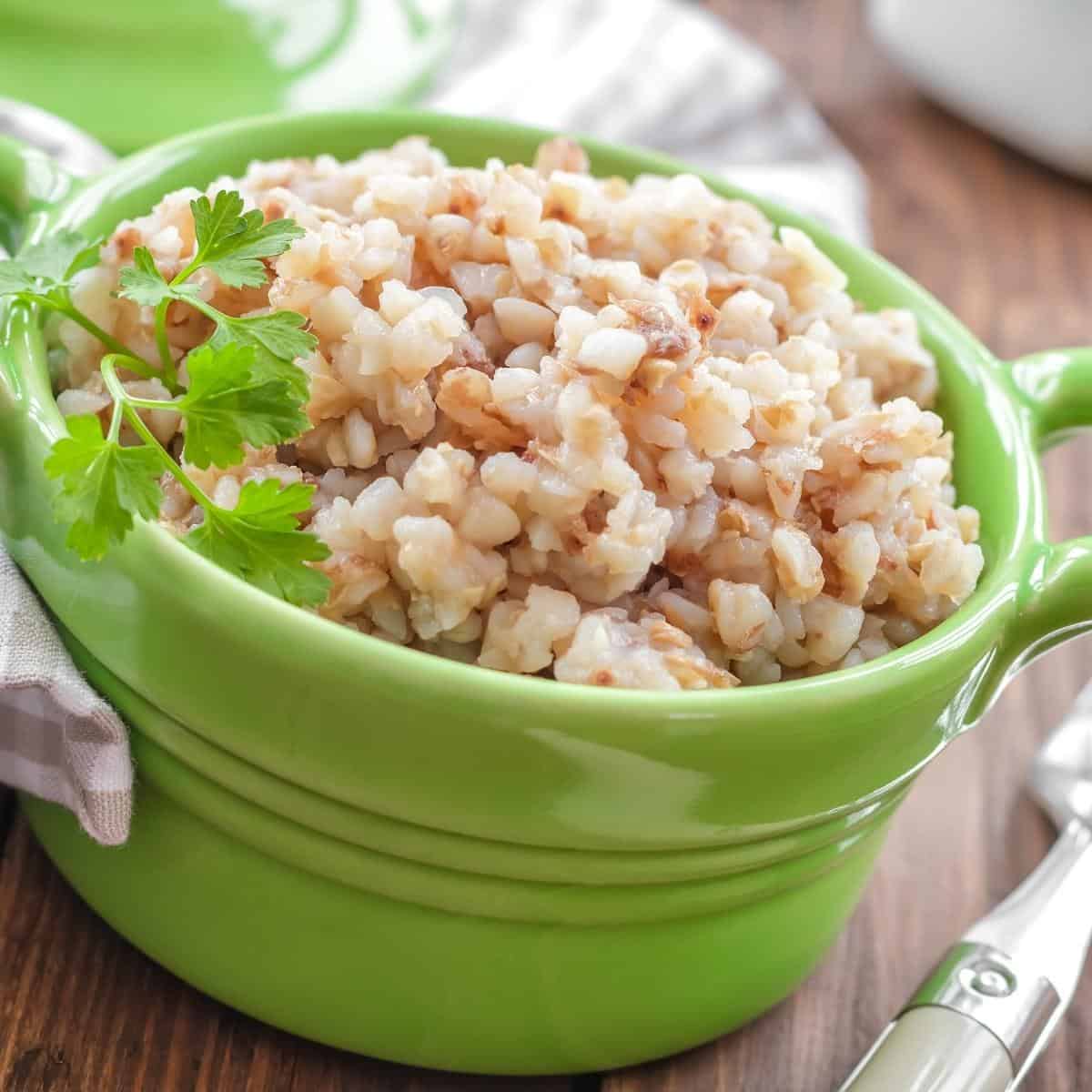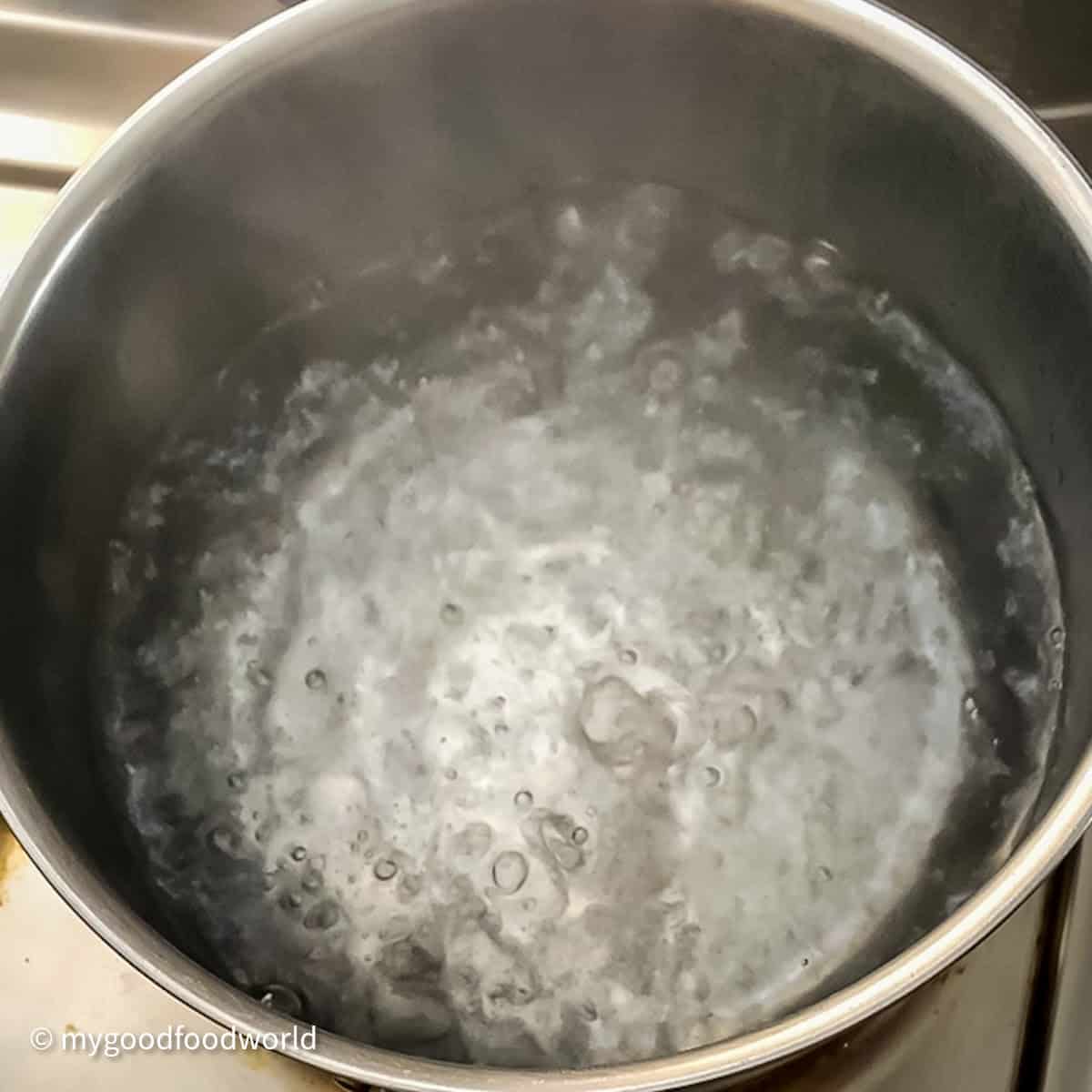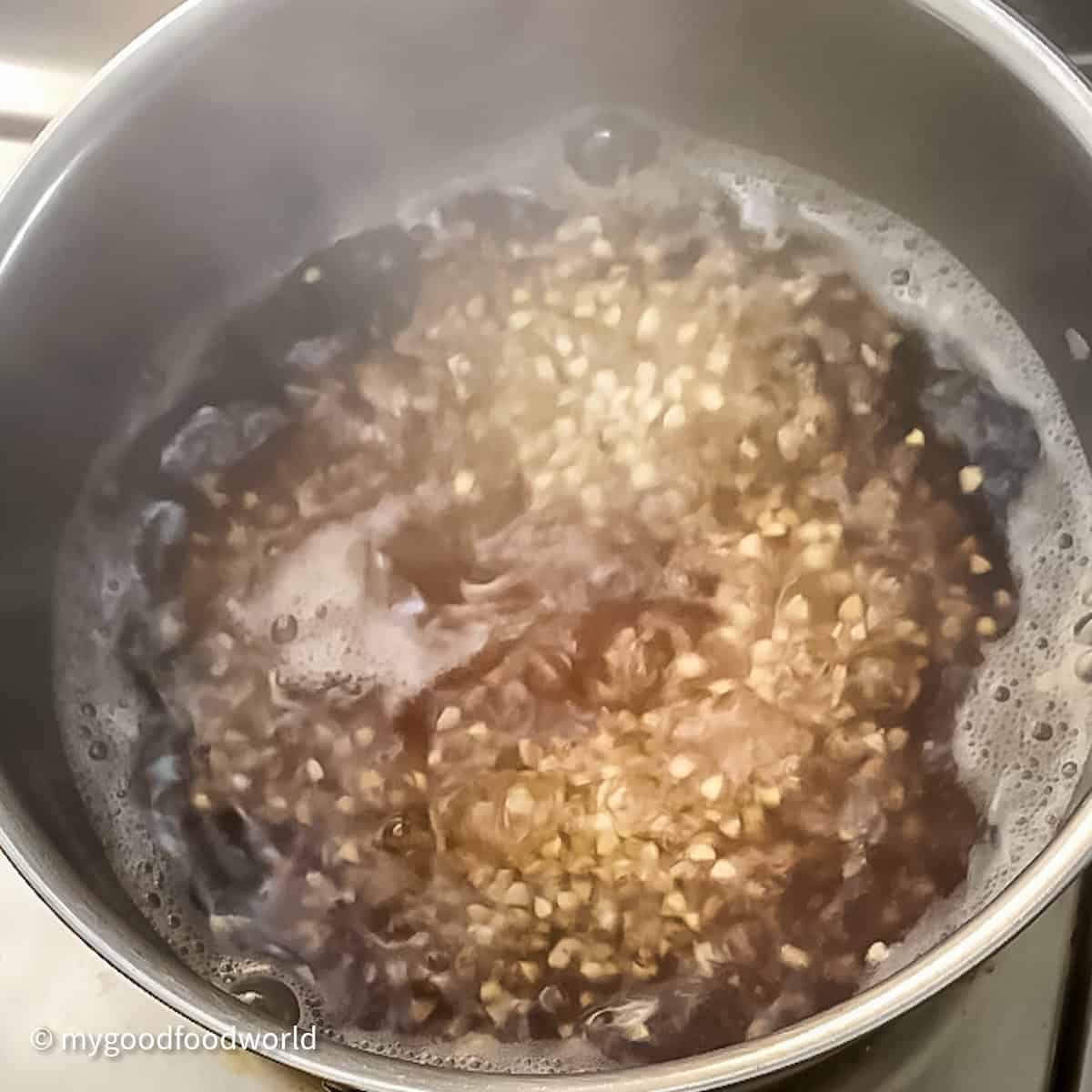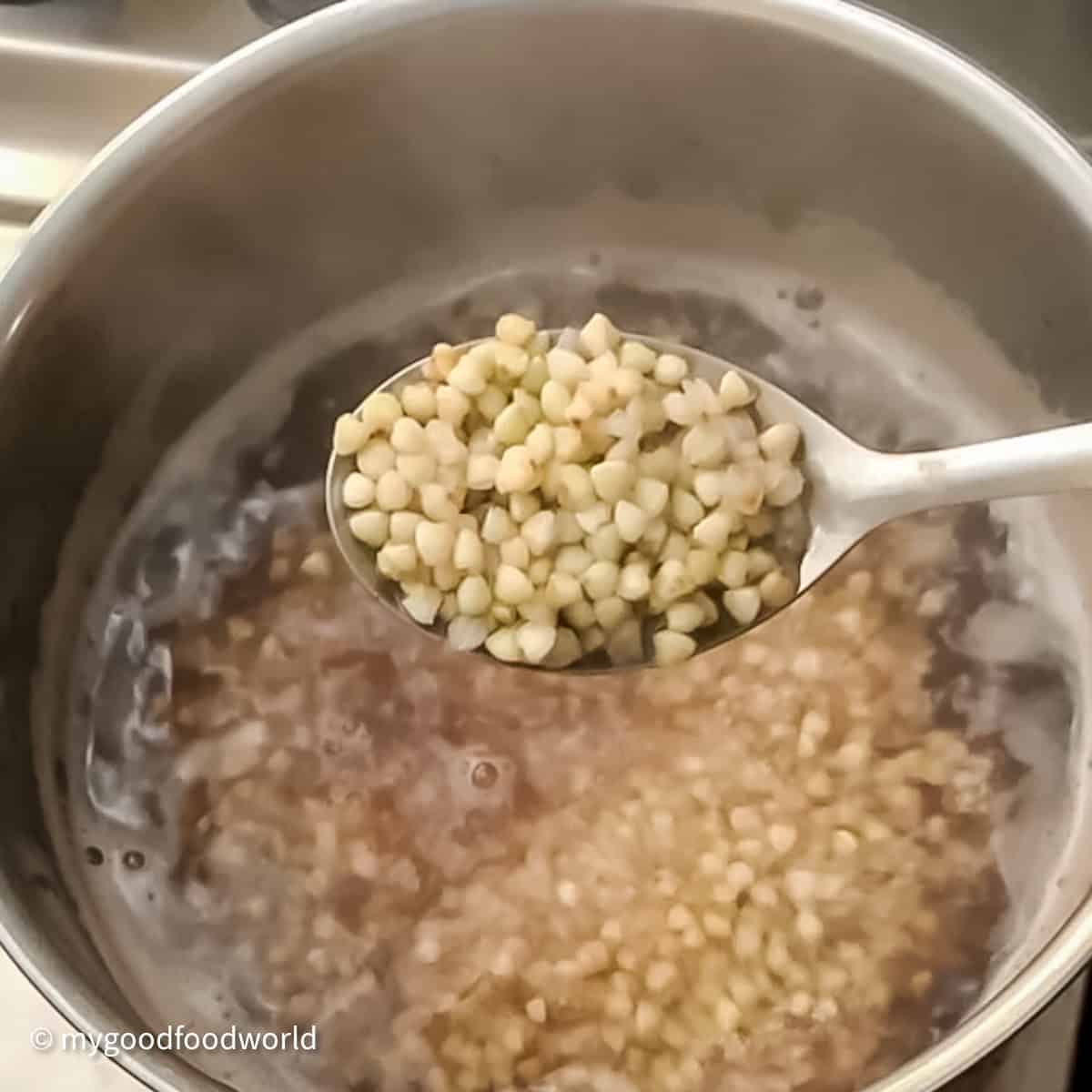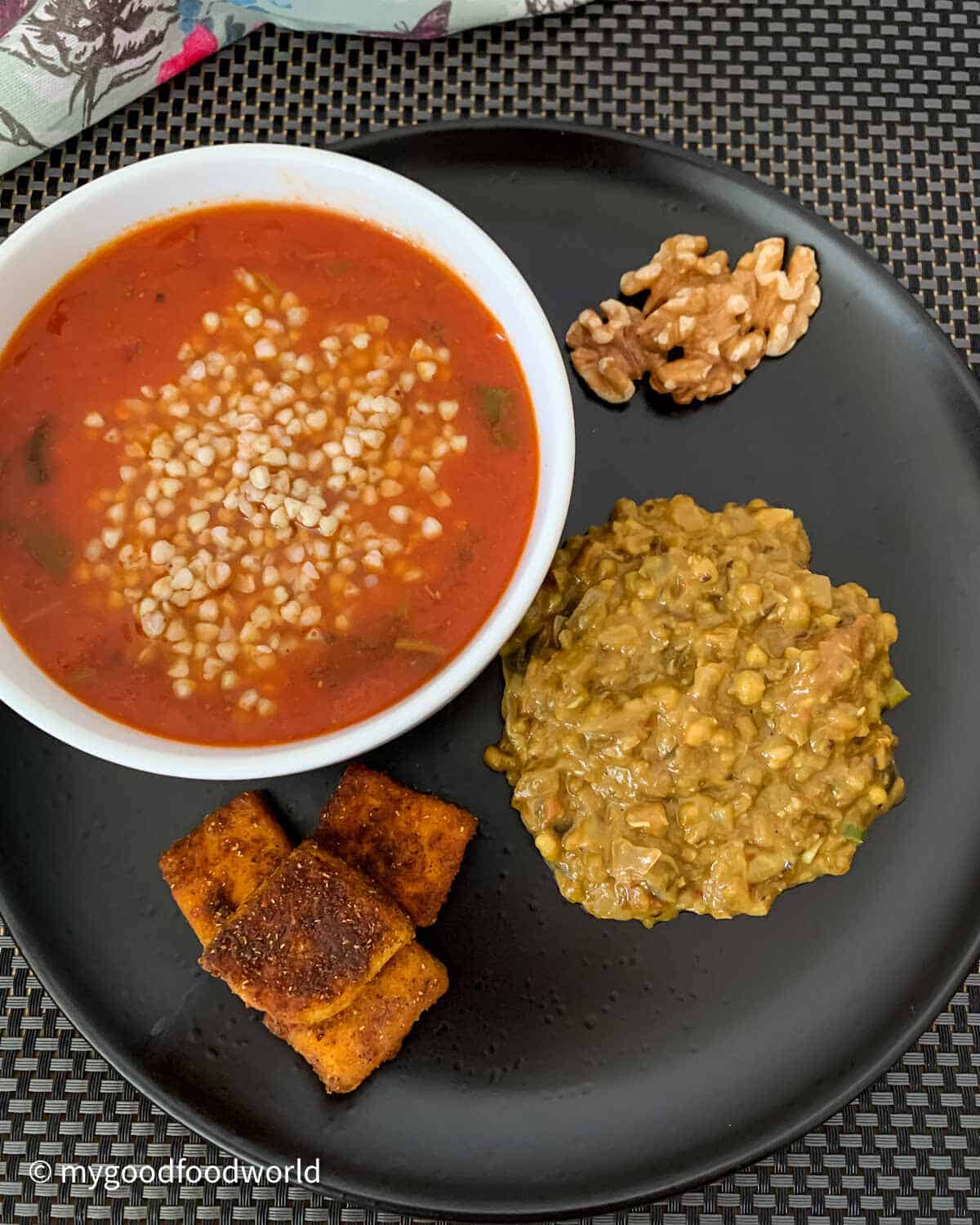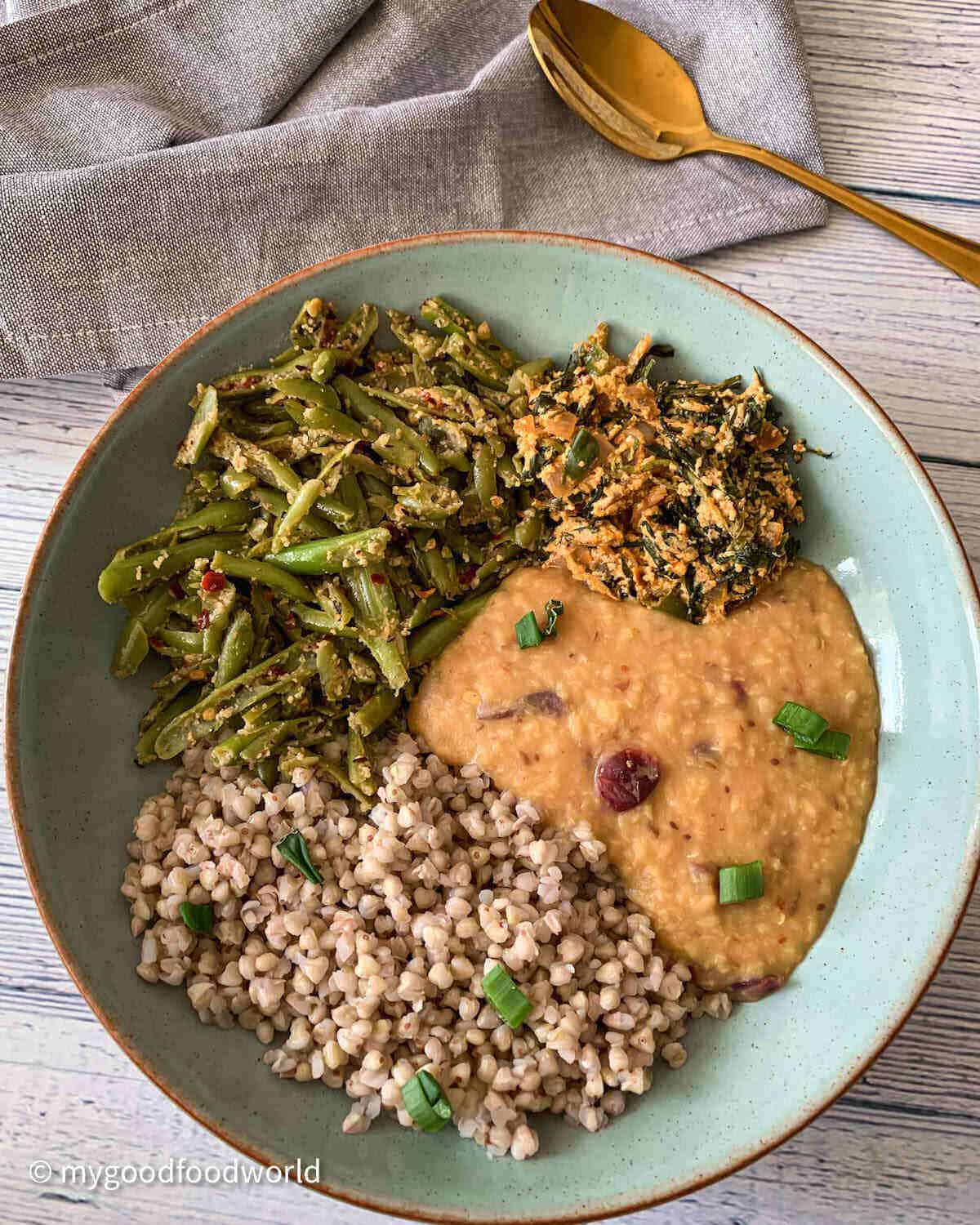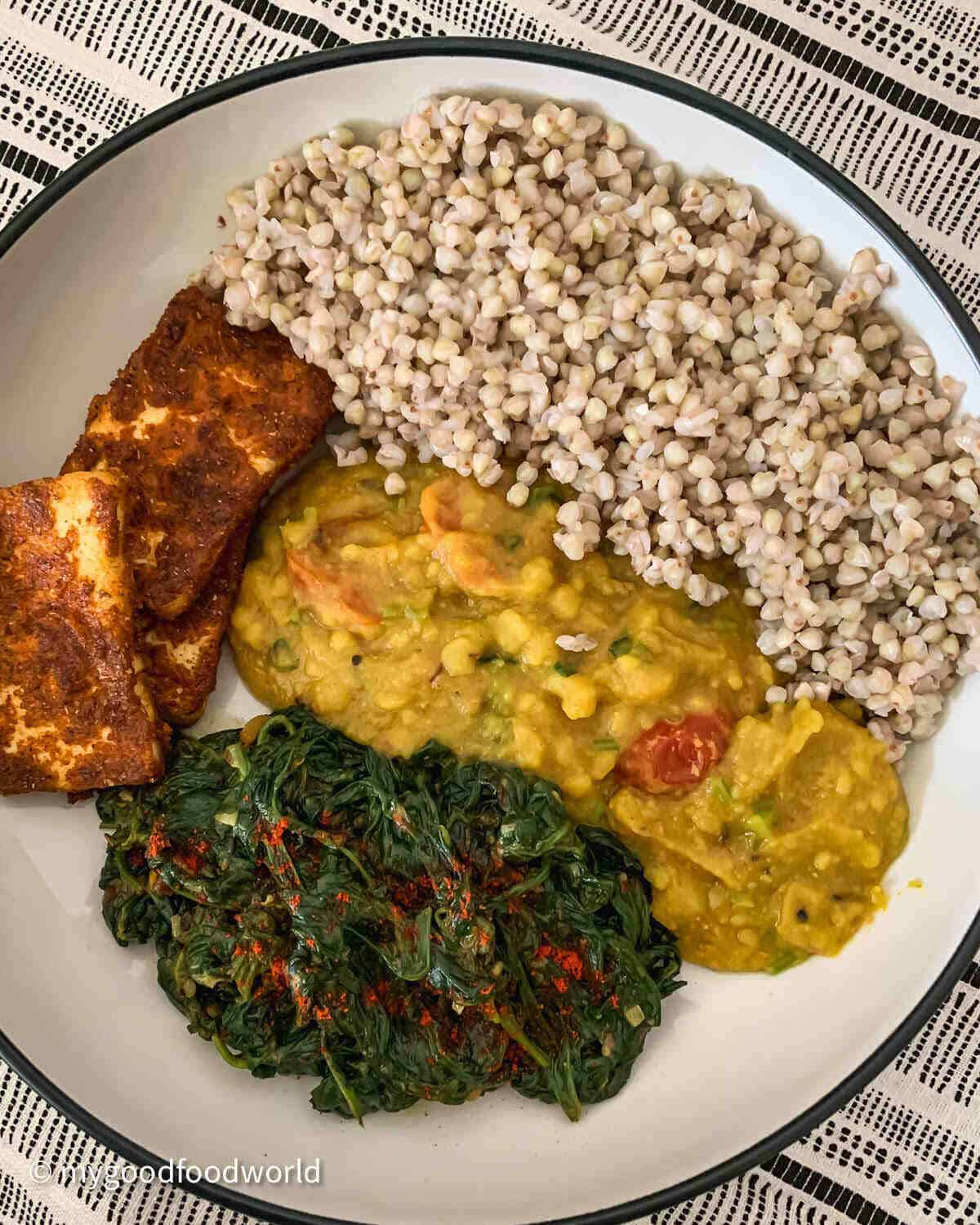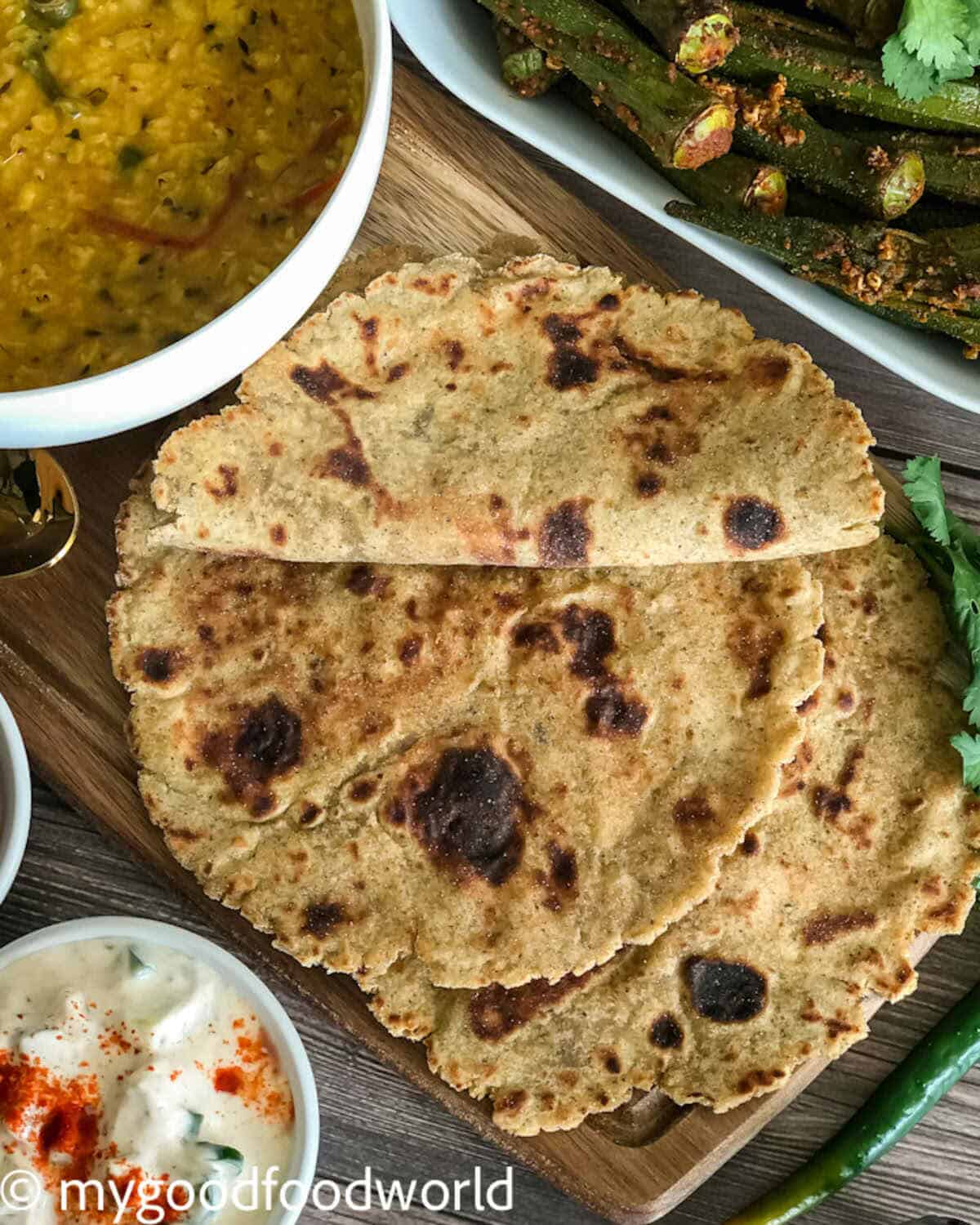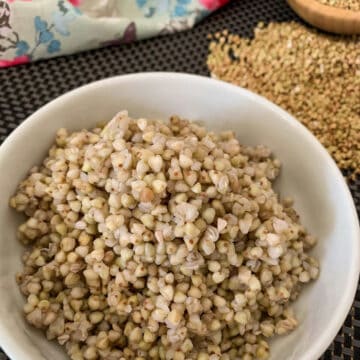Until just a couple of years ago, buckwheat, for me, was just another ingredient in the world of cooking. I had read about how good it was for health, but I didn’t care to dig deeper since I was, and still am, a die-hard fan of rice (jeera rice is my ultimate comfort food) and wheat (hello, turmeric tortillas!). So, I didn’t feel the need to explore further.
About a year ago, I realized (thanks to my detailed food diary) that I’m sensitive to gluten. For months, I stayed in denial, stubbornly ignoring the bloating and brain fog. I just couldn’t imagine giving up wheat! The thought of never eating toast or roti again made me so sad (yes, I was that dramatic).
But my gluten intolerance was just as stubborn, bringing along frequent headaches (which had never happened before!). It was time to take things seriously and approach it with an open mind.
When I finally accepted my gluten sensitivity, a wonderful world of gluten-free grains and cereals opened up for me! Millets, quinoa, amaranth, oats, corn, rice (still my favorite!), and buckwheat.
For easier navigation, I have organized this article into sections. Feel free to use the links below to jump to the section you want to read first.
If you have enjoyed reading this, please take a moment to leave a comment and a rating below. This will motivate me to create more good content for you! You can also engage with me on Twitter, Facebook, and Instagram. - Padma
But I couldn’t have been more wrong. Buckwheat is anything but wheat! It’s not even a grain—or a seed! Unbelievable, right?! - read on to find out more fascinating facts.
Buckwheat seeds are the hulled seeds of the buckwheat plant. At first glance, they remind me of steel-cut oats, only bigger. After reading up a bit more, I learned that the uniquely triangle-shaped seeds are called buckwheat because they resemble the larger seeds of the beech tree. And, since ancient times, buckwheat has been used as a wheat substitute.
The answer is, neither! Buckwheat is not wheat and it is not a grain either.
Buckwheat is related to leafy vegetables like rhubarb and sorrel (what?!). It’s naturally gluten-free and isn’t even a grain! This pseudo-cereal is safe for people on a gluten free diet and perfect for those who want to follow a grain-free diet.
Buckwheat flour made from hulled seeds is lighter in color, while flour made with the seed skins intact is darker.
I love making these buckwheat naan on days when I want to have a grain-free meal.
In China, buckwheat is considered a superfood and is a staple in their cuisine, often consumed in the form of noodles or as porridge.
Japan: If you’ve ventured into the realm of gluten-free, grain-free food, it’s highly unlikely you haven’t heard of Japan’s famous soba noodles. These noodles are made from buckwheat flour and are used in various hot and cold dishes.
Not all soba noodles are gluten and grain-free. Some may have some wheat flour mixed to make it easier to produce and cook.
India: Buckwheat flour has been part of Indian cuisine, especially during fasting, for centuries. In some parts of India, particularly in the Northern and Western regions, the general rule of fasting is that grains i.e. wheat, rice, and millet are off the menu. This is when grain-free flours such as kuttu (buckwheat in Hindi), rajgira (amaranth), singhara (water chestnut), and sabudana (sago pearls) replace grains.
Europe: From the Himalayan regions, buckwheat traveled west, making its way to Europe. While Eastern Europeans enjoy buckwheat in porridge, stews, pilafs, and blinis, the French use buckwheat to make crepes and galettes. Breads and cookies are some of the popular ways to use buckwheat in baking.
Kuttu: In the Hindi-speaking regions buckwheat is commonly known as Kuttu. It’s especially popular during fasting periods, like Navratri, when some people avoid grains and consume Kuttu flour to make dishes like Kuttu ki roti or Kuttu ke pakode. It is known as Papparai in the Tamil-speaking regions; and Ogalu in the Telugu-speaking regions such as Andhra Pradesh and Telangana; Kutto or Kutti in Gujarati buckwheat, and Fafra in Marathi.
In some European countries, toasted buckwheat is known as kasha. In Russia and Poland, kasha is also a breakfast food that is somewhat like porridge.
Buckwheat, the main ingredient in many traditional recipes across Asia and Europe, is truly a global superstar!
When buying buckwheat pancakes mix, noodles, and pasta, keep in mind that many of these products contain some amount of wheat flour. Look specifically for the gluten-free label. Cooking with pure buckwheat flour can be tricky, so when enjoying a buckwheat-based dish at a restaurant or a friend’s place, be sure to check that no wheat flour has been mixed in.
It has a unique nutrient composition that includes lysine-rich protein - a type of protein usually found in meat and certain types of cheese.
Nutrition values of buckwheat: 100g of cooked buckwheat has approximately: 343 calories, 13.3g of protein, 71.5g of carbohydrates, 10g of fiber, and 3.4g of fat. Not only is buckwheat a good source of protein, but it is also a complete protein i.e. it contains all 9 of the essential amino acids (whoa!). For additional information check out the recipe card below.
Buckwheat benefits: Research shows that buckwheat is more satiating than grains and it has prebiotics that aid in digestive health.
Surprisingly, buckwheat cooks fast! It only takes 10–12 minutes to cook the groats. Yes, really! That’s how easy it is to cook! Here’s how I cook buckwheat. Also, see the video below and the recipe card for quantities.
Cook buckwheat: Bring 4 cups of water to a boil in a rice pot or saucepan over medium-high heat.
Once the water reaches a rolling boil, add ½ cup of buckwheat groats.
I use pre-cleaned groats, so I add them to the water without washing them. If your groats aren’t pre-cleaned, rinse and drain them first.
Cook over medium-high heat for 10–12 minutes, stirring once or twice.
You’ll know the buckwheat is cooked when the grains look “opaque” and start to split at the ends. When you pick up one grain (careful, it’ll be hot!), it should crush easily between your fingers.
After 10–12 minutes, the groats will be soft but still have a bit of crunch. If you prefer them softer and mushier, cook for an additional 2–3 minutes.
Drain all the water, and your groats are ready to serve! (See serving suggestions below.)
In the meal shown below, I’ve paired cooked whole buckwheat groats with tomato stew, walnuts, pan-fried spicy paneer, and mung beans curry—it makes such a wholesome meal!
In the lunch bowl below is one of my favorite late-fall to early-winter meals when cranberries are in season. Here, I’ve paired cooked buckwheat with stir-fried string beans, scrambled paneer with spices, and cranberry-flavored lentils.
There’s also pan-fried paneer (again ) with stir fry spinach and a simple moong dal.
In this hearty meal, I’ve served buckwheat groats with smoked eggplant curry, spiced lentils, and cabbage poriyal (sauteed cabbage).
This gluten free naan made with buckwheat flour and potatoes is a family favorite, and I often serve it with sauteed okra and cucumber raita.
📖 Recipe
Disclosure: The nutritional information is calculated using an online calculator and is based on available ingredients and preparation. It should not be considered a substitute for a professional nutritionists’ advice. Changing the quantities and cooking technique will alter the nutritional calculations.
